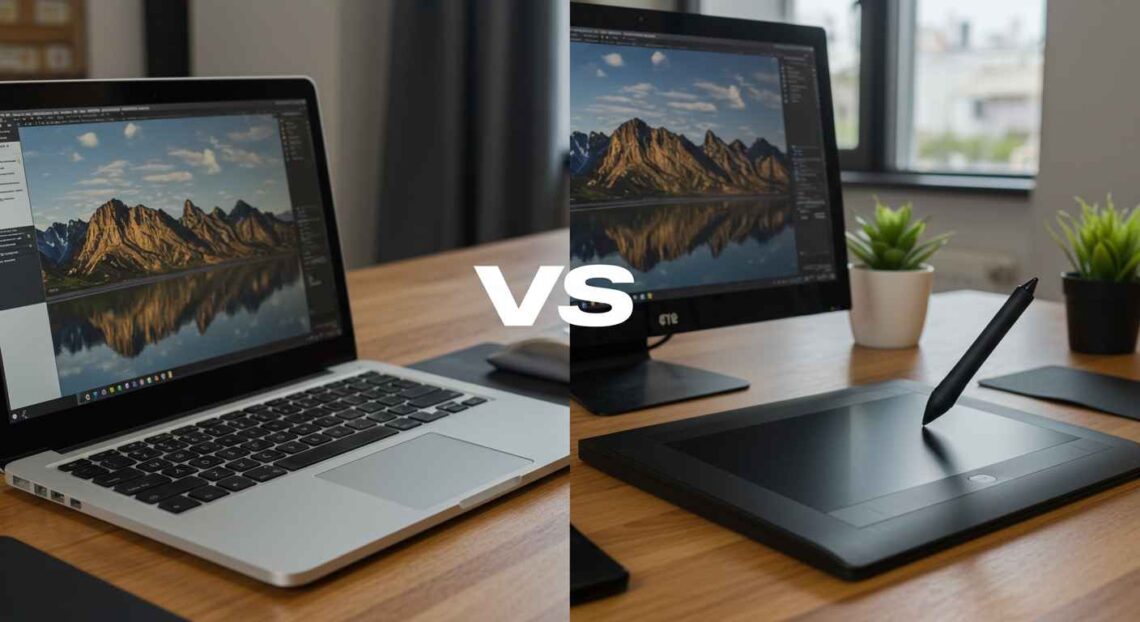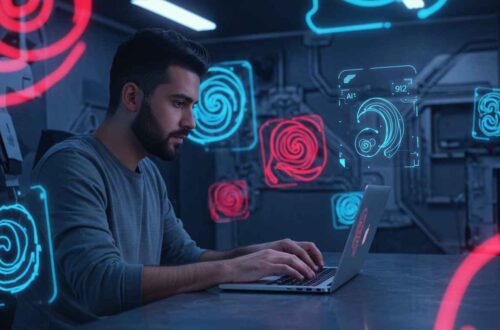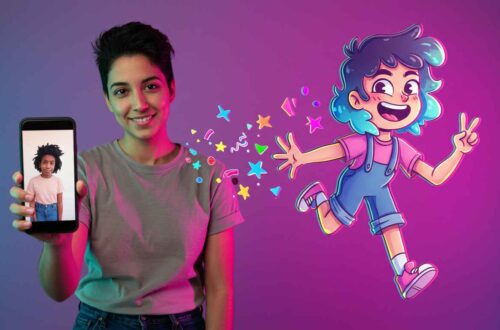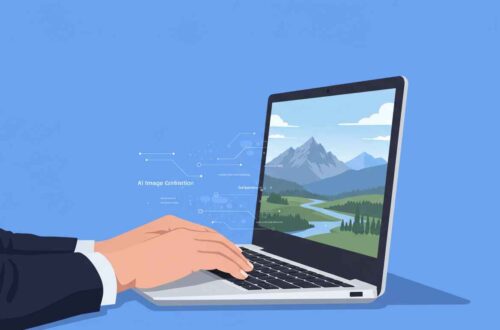AI image generation tools like DALL·E, Midjourney, and Leonardo AI are amazing at creating unique visuals. But often, the images they produce are too small for professional use — whether you want to print them, use them on websites, or turn them into wallpapers.
That’s where AI image upscaling comes in. Upscaling allows you to increase image size while preserving (or even improving) its sharpness and detail.
In this guide, we’ll explain how AI upscaling works, why traditional resizing doesn’t work, and the best tools to upscale your images without losing quality.
What Does “Upscaling” Mean?
Upscaling means increasing an image’s resolution — basically, adding more pixels to make it larger.
For example:
- Original: 512 × 512 pixels
- Upscaled: 2048 × 2048 pixels
The tricky part?
When you enlarge an image the traditional way (using simple photo editors), your computer just stretches existing pixels, which makes the image blurry and pixelated.
AI upscalers, however, use machine learning to predict and add realistic details — not just stretch pixels.
How AI Upscaling Works
AI upscaling uses deep learning algorithms trained on millions of images. These tools analyze patterns, textures, and edges in your photo to intelligently “rebuild” missing details.
So instead of just enlarging pixels, AI tools:
- Detect edges (like outlines, curves, or textures).
- Predict missing information in between.
- Add realistic sharpness and clarity.
The result? A larger, sharper image that looks as if it were originally captured in higher resolution.
Why Upscaling Is Important for AI-Generated Images
AI art tools often produce images with a standard resolution (like 512×512 or 1024×1024 px). That’s fine for previews, but not ideal for:
- Printing posters or t-shirts
- Using as website banners or thumbnails
- Creating wallpapers or ad graphics
- Adding to design projects
Upscaling lets you make these images ready for real-world use — without losing the detail that makes them look great.
Best AI Tools to Upscale Images Without Losing Quality
Here are the top free and premium AI upscaling tools that deliver professional-quality results:
1. Let’s Enhance
- Website: letsenhance.io
- What it does: Upscales up to 16× with smart detail enhancement.
- Why it’s great: Perfect for AI-generated portraits, product images, and digital art.
- Bonus: Offers tone correction and color balancing automatically.
Best for: Creators and designers who want fast, consistent results.
2. Upscale.media
- Website: upscale.media
- Free tool by Icons8 that offers 2× or 4× upscaling with one click.
- Uses advanced AI to preserve texture and edges while boosting clarity.
- Supports both JPEG and PNG formats.
Best for: Quick, free upscaling with no technical setup.
3. Topaz Gigapixel AI (Desktop App)
- Website: topazlabs.com/gigapixel-ai
- Powerful professional software that increases image size up to 600%.
- It offers five AI models: Standard, Lines, Art, Low-Resolution, and Very Compressed.
- Ideal for detailed portraits, landscapes, and AI art.
Best for: Designers who need the highest possible detail enhancement.
4. Pixelcut AI Image Upscaler
- Website: pixelcut.ai/upscaler
- Cloud-based free tool that uses AI to upscale images for social media or printing.
- Great for eCommerce product photos or thumbnails.
Best for: Creators working with AI-generated lifestyle or product images.
5. ImgUpscaler
- Website: imgupscaler.com
- Uses an AI model trained specifically on digital art and anime images.
- Offers up to 4× enlargement with clear texture recovery.
- Completely browser-based and free for small batches.
Best for: Artists, anime creators, and graphic designers.
6. BigJPG
- Website: bigjpg.com
- Tailored for AI-generated art, illustrations, and photography.
- Uses separate AI models for photos vs. artwork for optimal results.
Best for: Stable Diffusion, Midjourney, and DALL·E users.
7. Adobe Photoshop (Super Resolution)
- Tool: Adobe Camera Raw → Super Resolution option
- Upscales images by 2× with minimal quality loss.
- Works best for professionals already using Photoshop.
Best for: Photographers and editors needing total control.
Step-by-Step: How to Upscale AI Images (Example with Upscale.media)
Let’s take an example of how you can upscale your AI-generated image online:
- Go to: https://www.upscale.media
- Click “Upload Image.”
- Choose your AI-generated image (JPEG or PNG).
- Select your preferred upscaling factor (2× or 4×).
- Let the AI process your image.
- Download the enhanced version.
That’s it — you’ll get a sharper, larger version of your original image in seconds.
Tips for Best Results When Upscaling
To get the most realistic results from any AI upscaler, keep these pro tips in mind:
- Start with the best possible base image.
Avoid images that are blurry or have low detail to begin with. - Avoid multiple upscaling rounds.
Upscaling more than once can create unnatural textures or noise. - Choose the right tool for the content type.
Use art-based AI for illustrations, and photo-based AI for real images. - Don’t overdo the sharpening.
Some tools over-enhance textures — check zoomed-in previews before saving. - Save in the right format.
For web → use WebP or JPEG.
For print → use PNG or TIFF for best quality.
Common Mistakes to Avoid
- Using regular resizing tools (like Paint or MS Word)
→ They just stretch pixels without adding real detail. - Uploading compressed images
→ Always upscale from original AI output, not screenshots. - Forgetting to compress afterward
→ Large files slow down websites. Use TinyPNG or Squoosh after upscaling. - Mixing file formats incorrectly
→ Keep consistency (JPEG for photos, PNG for transparency).
Real-World Uses of AI Upscaling
You can use AI-upscaled images for:
- Website hero sections and banners
- Print posters or packaging designs
- NFT or digital art projects
- YouTube thumbnails or social media banners
- eCommerce product photos
With high-resolution visuals, your content looks polished and professional — giving users confidence in your brand or creative work.
Final Thoughts
Upscaling AI images without losing quality is no longer a challenge.
Thanks to smart AI tools, anyone — from designers to casual creators — can turn small images into crystal-clear, high-resolution visuals.
Remember the golden rule:
“Don’t stretch pixels. Add intelligence.”
With the right upscaler and proper workflow, your AI-generated art or photos can look stunning everywhere — on screens, prints, or digital campaigns.





